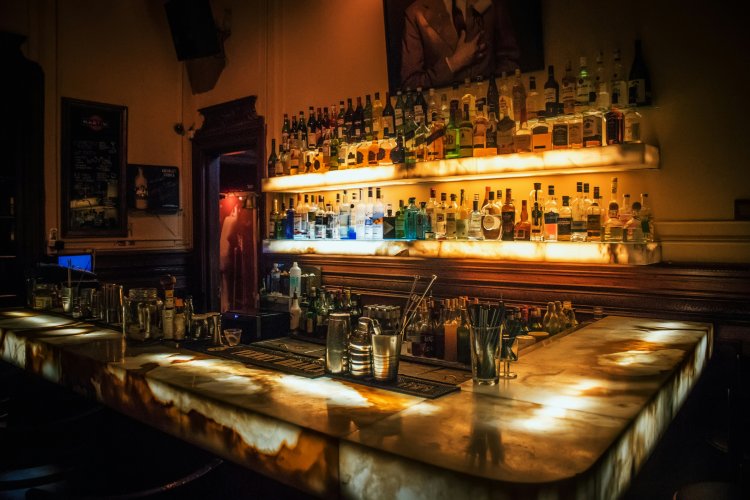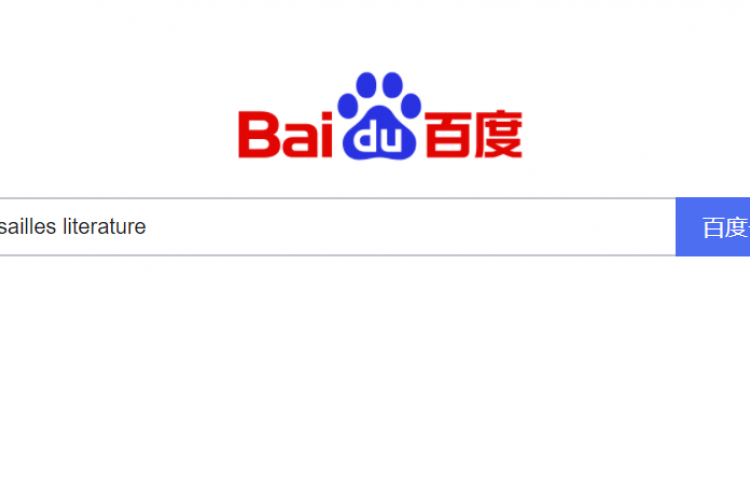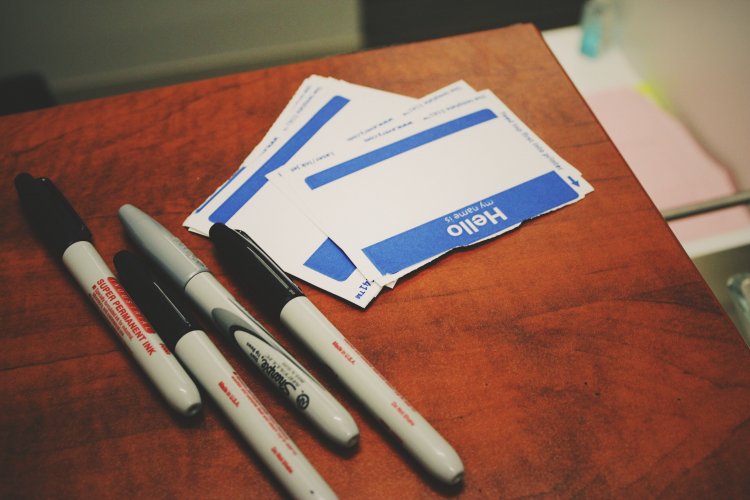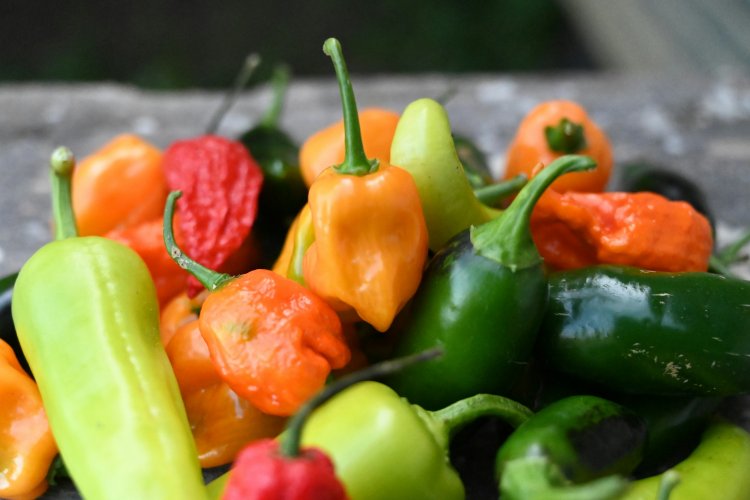Mandarin Monday: Hit the Road With These Street Terms
A couple of weeks ago, when delving into the history of the word hutong, we realized that there are many words for street in Chinese – with some words a little more straightforward than others. So, in today’s Mandarin Monday, we delve into a whole lotta words for the road – from road to street to avenue to strip and more.
To begin let’s start with Beijing’s most famous lanes, hutongs, or in this case a bit of review. The word 胡同 hútòng refers to generally residential grid-like alleyways that crisscross all across Beijing. They are also home to a few hidden gem restaurants and bars, which together with their long history make them places worth visiting.
Now, we can work our way from the hutongs outward, to explore other words for streets.
巷 xiàng – You’ll sometimes see this term for alley dotting maps here and there, but when it’s close to a hutong, it might seem confusing. Isn’t a hutong an alley? There’s actually a difference here – sort of. In Chinese, xiang refers to small or narrow streets, but it can also mean small or narrow streets that run parallel to large thoroughfares (more on those below), or else former “fire lanes” that ran between residential areas in order to stop fires.
花园前巷与安定门西大街平行 Huāyuán qián xiàng yǔ lěng āndìngmén xīdàjiē píngxíng Huayuanqian Alley runs parallel to Andingmen Xidajie
When talking about alleys in general, and not named lanes, the term 小巷 xiǎoxiàng is often used.
我住在那条小巷附近 Wǒ zhùzài nàtiáo xiǎoxiàng fùjìn I live close to that alley

路 lù – Lu is just the term for road, although it can mean both busy lanes or quiet residential roads, as well as both urban and rural roads. It’s also used for phrases relating to roads, like “the road less traveled” – 少有人走的路 shào yǒurén zǒu delù – and “on the road” – 在路上 zài lùshang.
这是去成都的路 Zhèshì qù Chéngdū de lù This is the road to Chengdu.
街 jiē – The proper term for “street”, jie is more concrete than lu – or well, more asphalt in most cases, and surrounded by buildings. It also can be used to refer to streets that have shops, restaurants, and other businesses on both sides.
Side note: in this way, one could say the difference between lu and jie is similar to “rural roads” and “city streets.”
簋街是个吃喝玩乐的好地方 Guǐjiē shìgè chī hē wánlè de hǎodìfāng Guijie is a popular spot for eating and drinking

大街 dàjiē – Literally translating to “big street”, dajie – sometimes translated as avenue, boulevard, or even just plain street – refers specifically to main streets, often with room for more lanes of traffic.
一直走到五四大街 Yìzhí zǒudào wǔsì dàjiē Walk all the way to Wusi Dongjie
斜街 xiéjiē – Although less common than other words on this list, you can still stumble across it on maps or while exploring around the capital. It means byway, or small side streets that offshoot from a main road or smaller street.
杨梅竹斜街上有很多有趣的商店 Yángméizhú Xiéjiē shàng yǒu hěnduō yǒuqùde shāngdiàn There are many interesting shops on Yangmeizhu Xiejie
The following terms for roads can generally only be found in Beijing:
条 tiáo – Literally translating to “strip”, tiao is most commonly used around the Dongsi area, where east to west running alleys are categorized as 东四 [X] 条 dōngsì [X] tiáo, with numbers purportedly reaching to 14. According to BRTV, this was allegedly done to save time with street names in the area.
我以前住在东四七条 Wǒ yǐqián zhùzài dōngsì qītiáo I used to live on Dongsi Batiao
内大街 nèidàjiē and 外大街 wàidàjiē – Translating to “inner avenue” and “outer avenue”, respectively, these street terms denote roads that run inside and outside the former city walls and are often named after the former city gates they “run through.”
109路公交车从朝阳门外大街开往朝阳门内大街 109 lù gōngjiāochē chuānguò Cháoyángmén Wàidàjiē hé Chāoyángmén Nèidàjiē Bus 109 runs from Chaoyangmen Waidajie to Chaoyangmen Neidajie
Now that you're armed with all this Beijing street vocab, you'll be more streetwise while out, differentiating streets from alleys and strips.
READ: Mandarin Monday: A History of the Word "Hutong"
Images: Unsplash, Wikimedia







